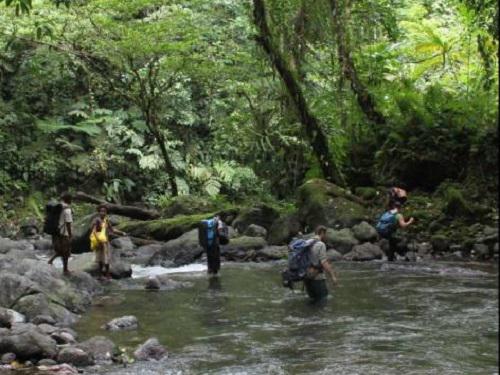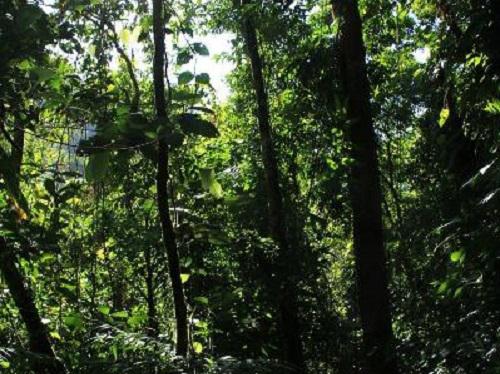Tammy Davies
This project will provide vital baseline biodiversity data and improve understanding of how people use natural resources. Alongside this it will build local capacity and help local communities understand the importance of maintaining healthy ecosystems for continued resource provision.

The Solomon Islands contain some of the highest species endemism and diversity in the world yet remain poorly studied. Communities in the Kahua region of Makira are dependent on natural resources for subsistence. However, a dramatically increasing human population (2.6% p.a.) is threatening the unique biodiversity and ultimately the environmental resources upon which the local people depend. While previously plentiful, recently rapid declines in resource availability have been reported, with significant ecological change occurring at landscape scales (1).

Dr Fazey has been working in the target region of this project with the Kahua Association (KA), a local grass-roots organisation, to build their capacity since 2005 (2). However no work has yet been completed on biodiversity or resource-use in the region, which in light of the current rapid rate of change in the region is essential in order to design appropriate conservation solutions that ensure continued food security for the local people alongside environmental sustainability for this biologically diverse region.
This project will:
/Collect vital baseline information for a data-deficient region: species diversity and abundance for birds, bats and frogs.
/Collect information on local use of natural resources: wild foods (including bushmeat), building materials and medicines.
/Train 5 local people in biodiversity monitoring techniques and protocols, in addition to generic research skills such as GPS-use and data entry.
/Run 3 cross-community workshops with participants from all 40 communities in the area: these will be run in a participatory way to aid dialogue and enhance local learning.
/Produce a local photographic bird guide. Birds will be named with their local language name (Kahuan), as well as English and Latin. It will include an introduction to conservation and the environment written in English and Kahuan (making it only the 3rd written text in this language).
1. Garonna 2009. Enviro.Cons. 36 (3); 253-260.
2. Fazey 2010. Global.Environ.Chang. 20; 713-728.